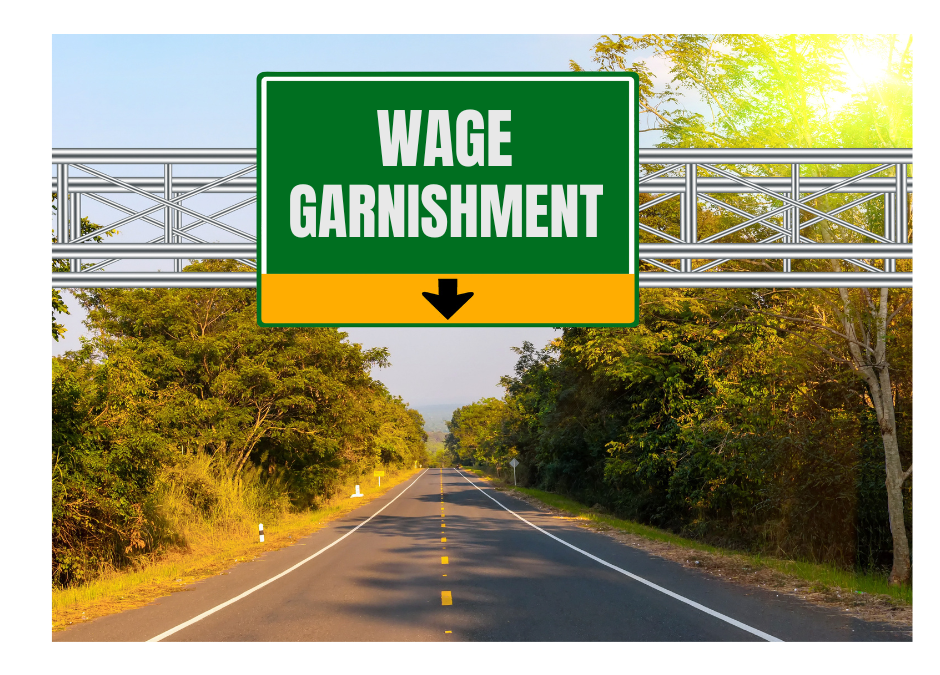Imagine collecting your paycheck Friday at quitting time, or checking your direct deposit, and seeing the amount is half of what it should be, maybe less. If you owe back taxes, the likely reason over half your paycheck is gone is you just got hit with a wage garnishment from the IRS.
An IRS wage garnishment is immediate and continuous once it has been implemented.
Wage garnishment is arguably the most damaging and aggressive of the IRS collection tactics. The IRS can often seize up to 75% of your pay, leaving you with barely enough to cover day-to-day expenses. Aside from your paycheck, the IRS can also levy against your: stocks, mutual funds, IRAs, pension, disability payments, welfare benefits and even your social security. Removing a wage garnishment is key to avoiding serious impacts on your finances and potentially your job.
Once you are faced with a wage garnishment, it takes an experienced tax relief professional to deal with the IRS and negotiate on your behalf for the best possible outcome – removing the garnishment. Removing the garnishment usually means the negotiation of a more affordable payment plan to pay off your tax debt – an Installment Agreement. Sometimes, it could be settling your tax debt with a negotiated Offer in Compromise. Any of these options takes the experience of a tax resolution professional to deal with taxing authorities and handle the negotiation process.
There is a precise process that one must follow to remove a wage garnishment. In most circumstances, you will need to be compliant with your tax filings and submit any unfiled returns before being able to select from various IRS relief programs (depending on eligibility), including:
- Installment Agreement
- Partial Payment Installment Agreement
- Currently Not Collectible
- Streamlined Installment Agreement
- Offer in Compromise
One Last Thing
If you find your wages garnished to pay tax debt, Strategic Tax Resolution can help. We have the experience it takes to negotiate on your behalf and get the best possible outcome for you. Contact us or give us a call at 888-339-4914 for a free consultation. We’ll help you get on your #RoadToResolution.

